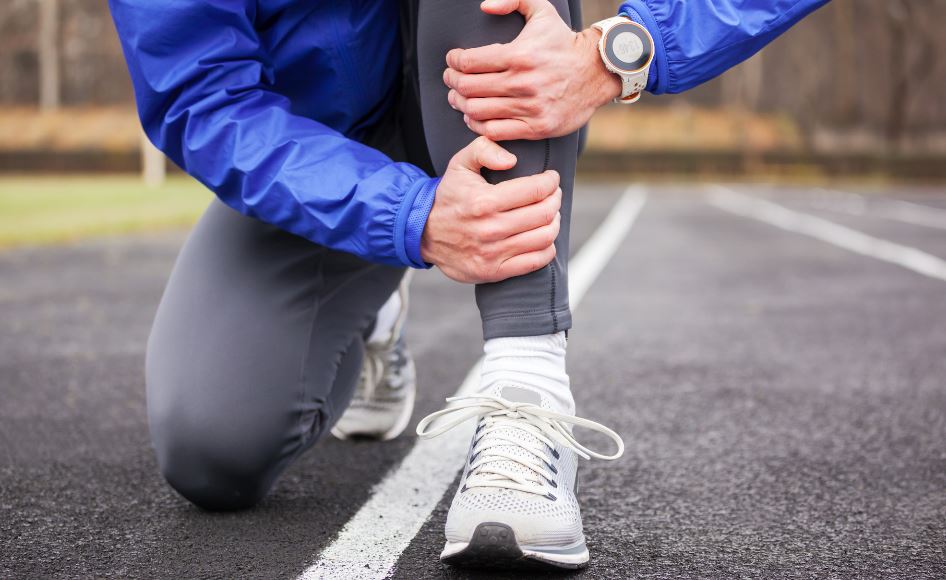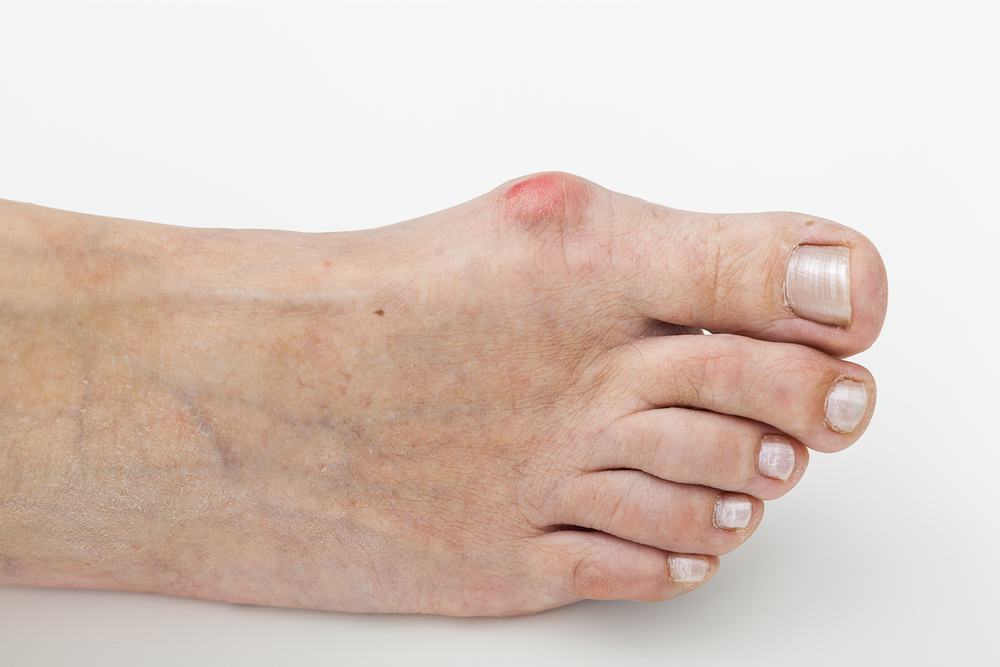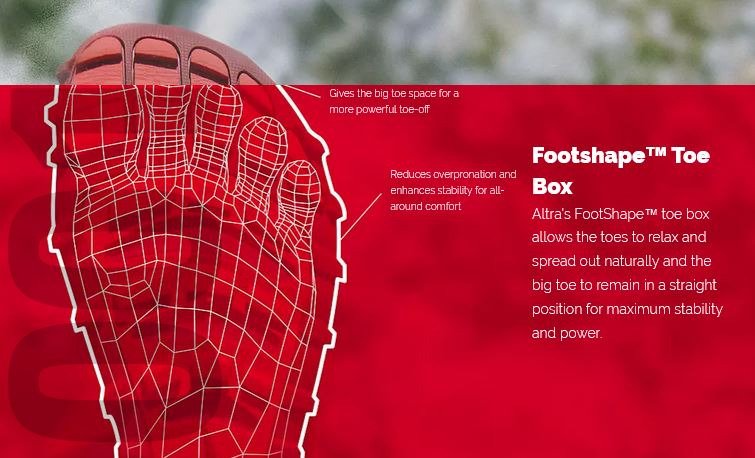Press Release:

Fibromyalgia and resistance exercise have often been considered an impossible combination. But with proper support and individually adjusted exercises, female patients achieved considerable health improvements, according to research carried out at Sahlgrenska Academy.
“If the goal for these women is to improve their strength, then they shouldn’t be afraid to exercise, but they need to exercise the right way. It has long been said that they will only experience more pain as a result of resistance exercise, that it doesn’t work. But in fact, it does,” says Anette Larsson, whose dissertation was in physical therapy and who is an active physical therapist at Närhälsan in Herrljunga.
As part of her dissertation, she studied 130 women aged between 20–65 years with fibromyalgia, a disease in which nine of ten cases are women. It is characterized by widespread muscle pain and increased pain sensitivity, often combined with fatigue, reduced physical capacity and limitation of activities in daily life.
About half of the women in the study (67) were selected at random to undergo a program of person-centered, progressive resistance exercise led by a physical therapist. The other 63 women comprised the control group and underwent a more traditional therapy program with relaxation exercises. The training and exercises lasted for fifteen weeks and were held twice a week.
Substantial improvements
“The women who did resistance exercise began at very light weights, which were determined individually for each participant because they have highly varying levels of strength. We began at 40 percent of the max and then remained that level for three to four weeks before increasing to 60 percent,” explains Anette Larsson.
More than six of ten women were able to reach a level of exercise at 80 percent of their maximum strength. One of the ten was at 60 percent; the others were below that figure. Five individuals chose to stop the training due to increased pain. The group as a whole had 71 percent attendance at the exercise sessions.
“On a group level, the improvements in the fibromyalgia group were significant for essentially everything we measured. The women felt better, gained muscle strength, had less pain, better pain tolerance, better health-related quality of life and less limitation of activities. Some of the women did not manage the exercise and became worse, which is also an important part of the findings,” says Anette Larsson.
Focus on individuals with fibromyalgia:
In the control group, the improvements were not as significant, but even there, hand and arm strength improved. The relaxation exercises probably led to reduced muscle tension in the arms and shoulders, which in turn allowed the participants to develop more strength.
The findings for the women in the resistance exercise group are affected by several factors, including the degree of pain and fear of movement before and during the exercise period. Progress for the group as a whole can largely be attributed to the person-centered approach, with individually adjusted exercises and loads and support of a physical therapist, according to Anette Larsson.
“An interview study we conducted shows clearly that the women need support to be able to choose the right exercises and the right loads; they also need help when pain increases. This requires, quite simply, support from someone who knows their disease, preferably a physical therapist.”




